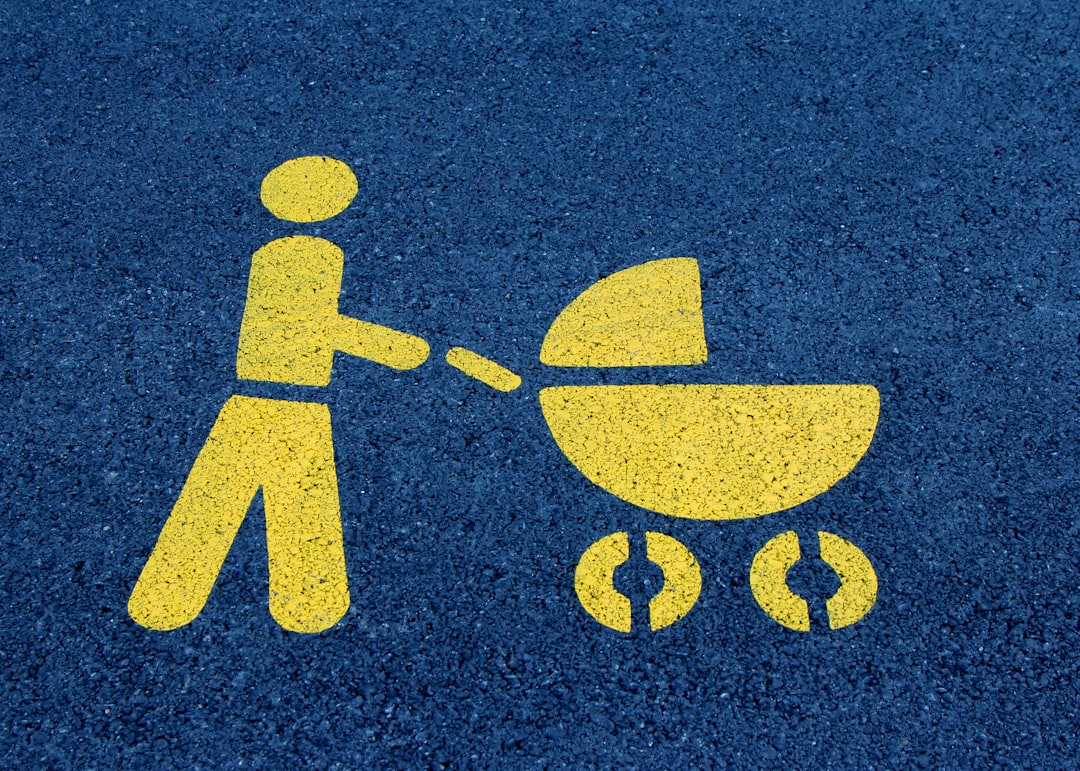What is it about?
We empirically study how employee well-being develops before, during, and after holidays. More specifically, we focus on recovery during Christmas - an event of high emotional value to many people and an opportunity for respite. Interestingly, we find that well-being increases already during pre-Christmas time, peaks at Christmas, slowly decreases when back at work after the holiday and tends to slightly increase again during February and March. We also examine several explanations for why this pattern is more nuanced for some people and flatter for others.
Featured Image

Photo by Tessa Rampersad on Unsplash
Why is it important?
Whereas many studies on recovery during vacations have looked at fade-out effects after being back at work, our study shows that at least in the case of the Christmas holidays, an opportunity for respite may affect employee well-being even before the holiday has actually started.
Perspectives
When planning the study we thought about the ambivalence of Christmas. On the one hand, most people enjoy being with their friends and families and being away from work. On the other hand, there may be a need to intensify work to finish tasks before the holiday starts. In addition, preparing for the holidays (gift shopping, planning trips) becomes an urgent off-the-job demand for many people. Moreover, being together with your famliy for a couple of days or being in charge of the Christmas meals may become even more exhausting than going to work in a highly demanding job. Working on this project was a great experience. Lots of fun during our (numerous and long) discussions (hedonic well-being). But also a sense of everyone bringing in their unique expertise in a complementary way to master this challenge together (eudaimonic well-being).
Oliver Weigelt
University of Rostock
Read the Original
This page is a summary of: All I want for Christmas is recovery – changes in employee affective well-being before and after vacation, Work & Stress, January 2018, Taylor & Francis,
DOI: 10.1080/02678373.2018.1427816.
You can read the full text:
Contributors
The following have contributed to this page










